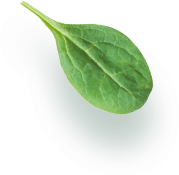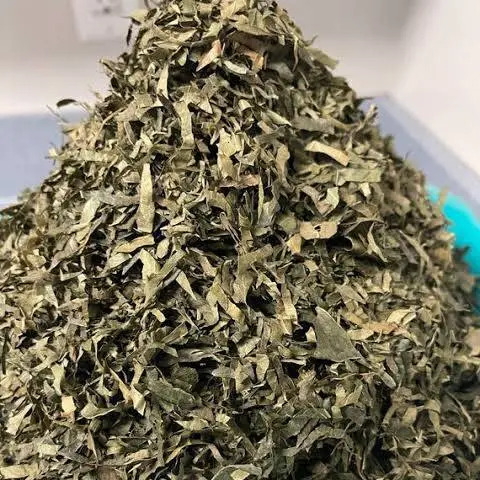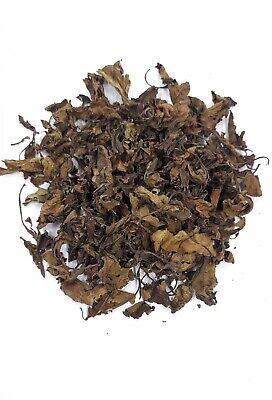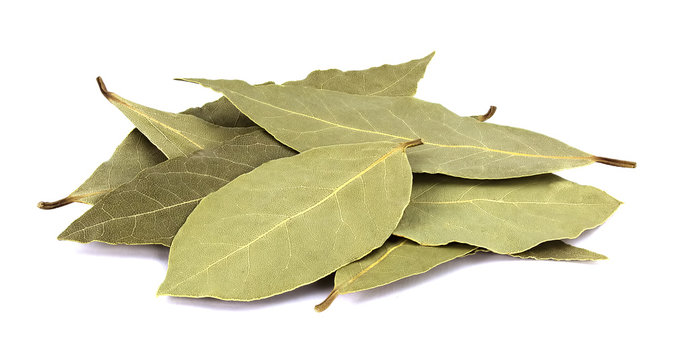

Description
Bay leaf, scientifically known as Laurus nobilis, is an aromatic leaf commonly used in cooking for its distinctive fragrance and flavor. Native to the Mediterranean region, bay leaves are integral to various cuisines worldwide, from European and Mediterranean dishes to Indian and Caribbean recipes. Bay leaves are typically used dried, which intensifies their flavor, though fresh leaves are also sometimes used.
Nutritional Profile
Bay leaves are used in small quantities, so they contribute minimally to daily nutritional intake. However, they contain several important nutrients:
- Calories: Low in calories, as they are used in small amounts.
- Vitamins: Contains vitamins A, C, and several B vitamins.
- Minerals: Rich in calcium, iron, potassium, and magnesium.
- Antioxidants: Contains compounds such as rutin, catechins, and polyphenols, which have antioxidant properties.
Health Benefits
- Digestive Health: Bay leaves have been traditionally used to support digestion. They can help relieve indigestion and promote healthy digestion.
- Anti-Inflammatory Properties: The compounds in bay leaves, including eugenol, have anti-inflammatory effects that can help reduce inflammation in the body.
- Heart Health: Bay leaves contain rutin and caffeic acid, which are known to strengthen capillary walls and help reduce bad cholesterol levels.
- Antimicrobial Effects: Bay leaves have natural antibacterial and antifungal properties, making them useful in preserving food and promoting health.
- Respiratory Relief: Bay leaf tea or steam inhalation with bay leaf-infused water can help alleviate respiratory conditions, such as colds, coughs, and congestion.
Culinary Uses
Bay leaves are a versatile ingredient in cooking, adding depth and aroma to various dishes:
- Soups and Stews: Often added to soups, stews, and broths, bay leaves enhance the overall flavor with their subtle, aromatic presence.
- Rice and Grains: Commonly used in rice dishes like pilafs and biryanis, as well as in grain-based dishes, to impart a distinct flavor.
- Meats and Poultry: Used in marinades, braises, and roasts, bay leaves add complexity to meat and poultry dishes.
- Sauces and Stocks: Essential in making sauces like tomato sauce and béchamel, and in preparing flavorful stocks and bouillons.
- Pickling and Brining: Included in pickling recipes and brines for their preservative qualities and flavor.
How to Use Bay Leaves
- Whole Leaves: Add whole dried bay leaves to dishes during cooking and remove before serving, as the leaves are not meant to be eaten.
- Crushed or Ground: Ground bay leaves can be used in spice blends, but use sparingly as the flavor is potent.
- Infusion: Bay leaves can be infused in water or broth to extract their flavor, then removed before using the liquid in recipes.
Storage and Shelf Life
- Storage: Store bay leaves in an airtight container, kept in a cool, dark, and dry place to preserve their aroma and potency.
- Shelf Life: Properly stored dried bay leaves can last up to two years. Fresh leaves have a shorter shelf life and should be used within a few days or stored in the freezer.
Culinary Tips
- Flavor Release: Crushing the leaves slightly before adding them to dishes can help release their essential oils and enhance flavor.
- Quantity: Use bay leaves sparingly; typically, one or two leaves are sufficient for most dishes to avoid overpowering the flavors.
- Combination: Bay leaves pair well with other spices and herbs such as thyme, parsley, oregano, and black pepper, enhancing the overall flavor profile of dishes.
Additional information
| Weight | N/A |
|---|---|
| Package Size | 100g |
Related products
-
Sale!

Alligator pepper
₦31,000.00Original price was: ₦31,000.00.₦30,000.00Current price is: ₦30,000.00. Select options This product has multiple variants. The options may be chosen on the product page -
Sale!

Dried Banga Leaf
₦6,000.00Original price was: ₦6,000.00.₦5,000.00Current price is: ₦5,000.00. Select options This product has multiple variants. The options may be chosen on the product page -
Sale!

Dried Ukazi leaf
₦10,000.00Original price was: ₦10,000.00.₦8,000.00Current price is: ₦8,000.00. Select options This product has multiple variants. The options may be chosen on the product page -
Sale!

Dried Scent Leaf
₦7,000.00Original price was: ₦7,000.00.₦6,000.00Current price is: ₦6,000.00. Select options This product has multiple variants. The options may be chosen on the product page

